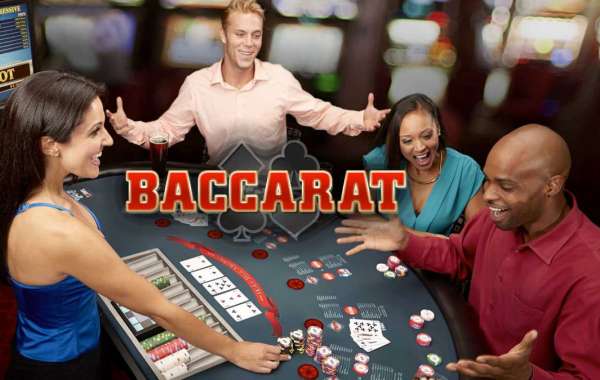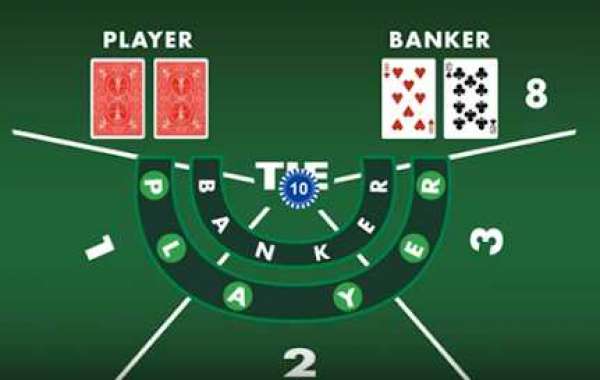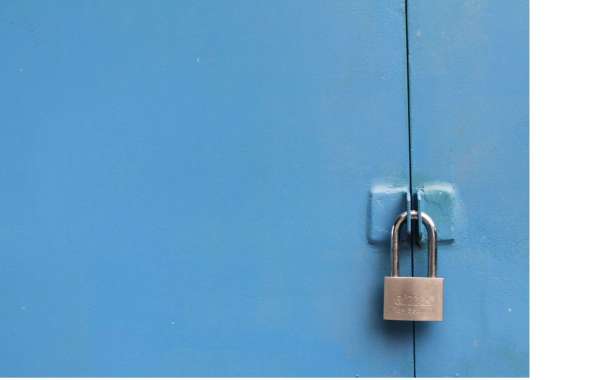Children's television has long been a source of entertainment and learning, but few shows capture the essence of childhood, emotions, and relationships as beautifully as Bluey. This Australian animated series follows a lovable six-year-old Blue Heeler pup named Bluey and her four-year-old sister, Bingo. While the show is packed with humor and fun, it also subtly teaches valuable life lessons, particularly about empathy and friendship. Through their adventures, Bluey and Bingo demonstrate how children can develop emotional intelligence, understand others' feelings, and cultivate strong, caring friendships.
Understanding Empathy Through Bluey and Bingo
1. Learning to See Things from Others' Perspectives
Empathy involves understanding and sharing the feelings of others, and Bluey consistently reinforces this lesson. One key episode that highlights empathy is Sleepytime, where Bingo embarks on an imaginative journey through space while her family tries to ensure she gets a good night's sleep. The episode beautifully showcases how Bingo gradually recognizes the needs of those around her, illustrating the importance of considering others' feelings.
2. Expressing Feelings and Emotions
Many episodes of Bluey emphasize the significance of emotional expression. When Bluey and Bingo navigate conflicts, they openly discuss their feelings, modeling healthy emotional expression for young viewers. This teaches children that it's okay to feel sad, frustrated, or even jealous, as long as they constructively express those emotions.
3. Practicing Kindness and Compassion
Empathy is not just about understanding others but also about responding with kindness. In Bike, Bluey learns that persistence and encouragement can help others succeed. Instead of ridiculing a struggling friend, Bluey offers support, demonstrating how small acts of kindness can make a big difference in friendships.
Friendship Lessons from Bluey and Bingo
1. The Importance of Cooperation and Teamwork
Bluey and Bingo often engage in imaginative play, requiring cooperation and compromise. In Hospital, the sisters take turns playing different roles, learning that successful play requires listening and teamwork. This teaches children that friendships thrive when both parties contribute and respect each other’s ideas.
2. Handling Conflicts in a Healthy Way
Friendship comes with disagreements, and Bluey presents these moments realistically. In Duck Cake, Bluey and Bingo argue over a cake-making game, but their parents guide them toward resolving their differences. This episode highlights the importance of communication and compromise, helping children learn how to handle conflicts positively.
3. Valuing Differences in Friends
One of the core friendship lessons in Bluey is that friends come with different personalities, strengths, and weaknesses. In Calypso, Bluey’s schoolmates exhibit diverse traits and interests, yet they learn to appreciate each other. This teaches children that friendships are strengthened by diversity, encouraging acceptance and inclusivity.
How Parents Can Reinforce These Lessons at Home
1. Encourage Open Conversations About Feelings
Parents can use episodes of Bluey as conversation starters about emotions. Asking questions like "How do you think Bingo felt?" or "What would you do in Bluey's situation?" can help children reflect on their own feelings and those of others.
2. Model Empathy in Everyday Life
Children learn by example. Parents who demonstrate empathy—whether by being considerate of their child’s emotions or showing kindness to others—help reinforce the behaviors seen in Bluey.
3. Provide Opportunities for Cooperative Play
Since Bluey and Bingo develop empathy and friendship skills through play, parents can encourage similar activities at home. Engaging in role-playing games, teamwork-based tasks, and storytelling can help children practice understanding others' perspectives.
FAQs
1. What age group is Bluey suitable for?
Bluey is designed for preschool-aged children, typically between 3 to 7 years old. However, its themes and humor make it enjoyable for older kids and even adults.
2. How does Bluey teach problem-solving skills?
Many episodes present Bluey and Bingo facing challenges that require creative thinking and persistence. They learn to solve problems by trying different approaches and working together.
3. Can watching Bluey help children develop emotional intelligence?
Yes, Bluey fosters emotional intelligence by showing characters expressing emotions, dealing with conflicts, and understanding others' feelings in a relatable way.
4. Why is play such a significant theme in Bluey?
Play is central to Bluey because it reflects how children learn about relationships, emotions, and the world around them. Through imaginative play, Bluey and Bingo explore real-life situations in a safe and engaging manner.
5. How can parents use Bluey to teach social skills?
Parents can watch Bluey with their children and discuss key moments that demonstrate empathy, kindness, and friendship. Encouraging children to practice these behaviors in real life further strengthens their social skills.







